DIAMOND GRADING
“Diamond are normally graded by colour, cut, clarity and carat. This is known as the 4Cs standard.”
COLOUR
This measures the absence of colour or presence of light hues on a scale from D–Z. D colourless colour is considered the most desirable and valuable for a white diamond.
CUT
The cut of a diamond is what gives it its coveted sparkle. This is created by facets that are precision-placed by the diamond cutter according to the stone’s natural symmetry and size, not too deep and not too shallow. The finished cut is then rated by its ability to reflect light according to how perfect its proportions are on a scale from - Excellent (EX), Very Good (VG), Good (G), Fair (F) and Poor (P). To learn more about the styles of cuts, please check out our diamond cut section.
CLARITY
This refers to a stone’s freedom from inclusions and blemishes. The number, nature, size, colour and location of any inclusions are graded from Flawless to Included. Generally speaking, a flawless grade diamond is considered the most valuable and sought after.
Totally perfect diamonds are the rarest of all, and their price reflects their rarity, but most diamonds have some kind of small mineral deposit, known as an inclusion. This includes feathering or graining, similar to that of natural wood and needling, which are created by the crystallisation of another natural substance in the Earth’s mantle layer, becoming locked into the diamond as it forms.
CARAT
Diamond carats measure the weight of a stone, with 1 carat equalling 0.20 grams. Carat weight does not necessarily denote size, as two diamonds of the same size can have different carat weights if one is cut deeper than the other, for example. Diamonds of the same carat can also be graded differently due to differences in clarity or colour.

